For young children, learning to read and write is a huge academic undertaking during the first few years of school. While automatic for adults, reading and writing involve many complex skills. From building hand strength to be able to hold a pencil to learning letter sounds and finally writing letters, it's a long process.
As a former Montessori teacher, I've used the Montessori method of teaching writing and reading with my own three children. Montessori reading and writing lessons are hands-on, fun, and most importantly, effective. Here's your guide to teaching your child to write the Montessori way.
Why Montessori Schools Teach Writing Before Reading
Unlike in traditional schools, in Montessori classrooms, children usually learn to write before they read. Why?
Montessori noticed something that research today supports: when children learn to write by hand, it boosts their reading skills. When children trace and write letters, it reinforces their understanding of letter shapes and sounds, while also supporting recognition of patterns in words. This is also why hands-on learning is so important. Although screens and digital devices can promote learning, handwriting is still important for building reading skills.
Skills for Writing and Reading
In writing and reading, there are two main skills involved, called encoding and decoding. Encoding, or writing, means turning sounds into letter symbols. For example, you think of a word like "cat" and then determine which letters you need to write it.
Decoding, or reading, means looking at symbols and identifying the sounds. So, a child might look at the word "cat" and say each letter sound, "c" "aaaah" "t". Then, they need to put all the sounds together or blend the sounds to read the word correctly.
When children learn to read and write the Montessori way, children first get lots of practice with phonics. Then, children practice writing words with letters they know well.
To make it easier, young children don't start writing with a pencil and paper. Instead, they use wooden letters to spell out their first words. This way, they can use their phonemic skills to write without worrying so much about the fine motor skills needed for handwriting.
Reading comes soon after, when children are already comfortable with most letter sounds. This progression helps support confident readers and writers.
When Do Kids Learn to Write?
The exact age at which kids learn to write varies. Some kids learn earlier, while others take a little longer. In Montessori classrooms, children usually learn to write while in the 3 to 6-year-old classroom.
In my experience, kids can learn to write their name around age 4. My children all started writing simple words and stories by the time they were 5 or 6 years old.
This also aligns with the time children typically start kindergarten. At this point, most children are ready to practice their writing skills and learn phonics.
Montessori Writing Practice for Kids
Wondering what you can do to support your child? You can start with fun, engaging Montessori writing practice with children as young as two or three years old.
Setting Up a Learning Space
Consider setting up a workspace for your child. Pick a child-sized table and chair set so your child can sit comfortably. We created our Reversible Chair and Play Table Set to grow with your child. The chair has two heights, one ideal for toddlers and the other for kindergarteners. This also makes the set perfect for siblings.
Wondering more about children’s table and chair sizes? Learn more about the best table and chair sizes here.
For building hand strength activities, your child may also choose to work on a mat on the floor. You can set out activities on a Montessori shelf where your child can easily access them whenever they’d like to work.
Here are some of my favorite Montessori writing practice activities for kids.
1. Building Hand Strength and the Pincer Grasp
Dr. Montessori noticed that young children love working on fine motor skills. Not only does it prepare children for handwriting, but these lessons also build your child's concentration.
For writing, children need to learn how to do the pincer grasp. This means using your thumb, pointer finger, and middle finger to grasp an object, like a pencil. Little ones start learning this skill when feeding. You may have noticed your baby using this grasp to grab a Cheerio.
Here are a few activities to try at home that will build your child's hand strength and pincer grasp:
Stringing Beads (Ages 2 - 6)
Materials: A shoelace and large beads, or a yarn needle, yarn, and beads, a tray, a basket
Note: Monitor your child during this activity. Only introduce this activity if your child won't put the beads in their mouth.
Set-up: Put the beads in the basket. Add a knot at the end of the shoelace or yarn. Place the basket and string on the tray.
Instructions: Slowly, demonstrate how to thread beads onto the string. Invite your child to try.
As your child improves their skills, you can show them how to make a pattern. Or, try making a necklace or bracelet.
Using Clothespins (Ages 2 - 6)
Materials: Four to six clothespins, a basket
Set-up: Place the clothespins in the basket
Instructions: Slowly, show your child how to use a pincer grasp to hold a clothespin and pin it to the side of the basket. Invite your child to try.
Using Tongs (Ages 2 - 6)
Materials: Large pom poms, two bowls or baskets, a tongs, a tray
Set-up: Place all the pom poms in the basket on the left-hand side of the tray. Place an empty basket on the right-hand side of the tray. Put the tongs on the tray to the far right.
Instructions: Slowly, demonstrate how to grasp the tongs and move one pom pom from the bowl on the left to the bowl on the right. Invite your child to try.
As your child builds their skills, you can try using different objects such as feathers, acorns, or pasta. You can also try using tweezers instead of tongs.
2. Sandpaper Letters
In Montessori classrooms, children learn letter sounds before the letter names. In other words, when children see "e", they think of the sound "eh". This phonics approach helps children use letters for writing and reading right away.
Sandpaper letters help young children learn letter shapes and sounds. You can easily buy a set online.
Using Sandpaper Letters (Ages 3 - 6)
Sandpaper letters are similar to flashcards made of firm cardboard. The consonant cards are pink and the vowels are blue. The letters are outlined with sandpaper so its slightly rough, creating a tactile experience for kids when they touch it.
Instructions: Trace the letter and then say the letter sound (not the name of the letter). Ask your child to do it after you.
At Montessori schools, children learn two to four letters at a time. One popular order to teach letters in is: s m t a p f c r b e l i g n d h j k w o u v y z x q.
Helpful videos online show the correct ways to trace the letters and say letter sounds phonetically.
The Three-Period Lesson (Ages 3 - 6)
Once your child knows two or three letters, you can try a three-period lesson. Set out the letters your child knows. Then, follow these steps:
Step 1: Say the sound of each letter after tracing it. For example, "sss", "mmm", "t"
Step 2: Say a letter sound and ask your child to point to the correct letter. For example, you might say "mmm" and your child should point to the letter M. Do this for all the letters several times. Once your child masters this step, move to step three. If not, move back to step one.
Step 3: Point to a letter and ask them to say the sound. Do this for all the letters several times. If your child masters this step, they are ready to learn new letters. If they need more practice, move back to step two.
3. Alphabet Objects (Ages 3 - 6)

This activity helps boost phonemic awareness, or your child's understanding of letter sounds. In my experience, kids love this activity because it involves small toys and can be a lot of fun.
Instructions: For this activity, you'll need two to three small objects or toys that start with each letter sound. For example, for A, you could have an ant, an apple, and an alligator. Or for M, you could have a motorcycle, a mouse, and a mirror.
Get out a few sandpaper letters your child knows well. Then, add the alphabet objects for those letters to a basket. Place the sandpaper letters on the table.
Then, take an object out of the basket and say its name. For example, "Motorcycle...mmmm...motorcycle." Then, point to the letter M and say "Mmm." Put the toy motorcycle on the letter M. Invite your child to match the objects to the remaining letters.
Is your little one energetic? Place the letters on the floor across the room, and they can run between the basket and the letters, putting each object on the correct letter. To start, you might play with only two letters. As your child builds their skills, practice with more letters at once.
4. The Movable Alphabet (Ages 4 - 6)
The movable alphabet is another popular Montessori material that helps children learn to write words using their phonics skills. Similar to a set of alphabet magnets for the refrigerator, this material is simply a set of lowercase wooden letters. The consonants are red and the vowels are blue.
Instructions: For this activity, you'll need a movable alphabet (refrigerator magnets work in a pinch) and picture cards. The cards should be images of simple, three-letter words, often known as CVC words. CVC stands for consonant-vowel-consonant. For example, "cat, pet, map."
Your child should pick a card and say the word. Then, your child can write the word using the letters.
When starting, only give your child cards that include letters they know well. You can also simply say words aloud and challenge your child to spell the word.
Using the movable alphabet helps kids advance their phonics skills separately from their development of fine motor skills. This means kids can focus on hearing sounds and matching them to letters rather than their handwriting. Separating skills in this way reduces frustration and increases success.
Montessori Handwriting Practice for Kids
The following activities focus directly on handwriting. With these activities, your child learns to use a pencil and write letters and words.
5. Metal Insets (Ages 3 - 6)
The metal insets the first step in teaching handwriting. The ideal time to introduce this activity is between 3 to 6 years old. Metal insets are stencils of large shapes such as a circle, a square, and a rectangle. You can purchase the official metal insets or similar large stencils.
Instructions: Have your child use colored pencils to trace the shape. Next, remove the stencil. Demonstrate how to draw horizontal lines from one side of the shape to the other. Continue adding lines until the shape is filled.
Practice doing the different shapes. Also, you can practice doing vertical lines, zig-zag lines, or wiggly lines. Try using different colored pencils, or making patterns with colors. All this writing practice prepares your child for letter formations.
6. Salt Tray (Ages 4 - 6)

Make practicing letter shapes a fun, sensory experience with a salt tray.
Instructions: Fill a small tray with salt. Show your child one of the sandpaper letters. Demonstrate how to trace the shape of the letter into the salt. Then, invite your child to try. You can also practice numbers with this activity.
7. Tracing Letters (Ages 4 - 6)
When your child has good fine motor control, you can ask them if they'd like to try tracing letters using a pencil. In Montessori schools, children often create an "Alphabet Book," and they practice tracing and then writing each letter of the alphabet. You can find tracing worksheets online featuring dotted letters. One of my preferred resources features lowercase, block-style writing.
At first, your child may be more comfortable using a large, triangle-shaped pencil. As they build skills, you can offer a smaller pencil.
8. Using a Chalkboard or Whiteboard (Ages 4 - 6)
Using a chalkboard is another fun way to practice writing skills. In Montessori classrooms, children often work on chalkboards with lines or grids called the "greenboards."
You can use a chalkboard or whiteboard to practice writing letters, words, or entire sentences! Children often like using a chalkboard or whiteboard and it gives them a break from writing on paper.
9. Writing About Photos (Ages 5 - 6)
When children have a good sense of phonics, you can invite them to write stories. Photo prompts can help inspire children to write about a wide variety of topics. Print out photos your child might find interesting, such as photos of animals or even photos from family vacations.
At first, your child might only write a sentence or two. Eventually, they can write longer stories.
Don’t worry too much about spelling mistakes. Let them sound out words and use phonetic spellings (ie, spagety instead of spaghetti).
If your child is open to it, choose just one or two words to correct each writing session. With practice, and as they learn to read, their spelling will improve. The ultimate goal is for your child to enjoy writing!
Your Child's Writing Journey
Each child learns in a unique way and at their own pace. If your child doesn't like one activity, try a different one to keep them engaged and motivated. Slowly but surely, your child will learn all the relevant skills like phonics, spelling, handwriting, and more!
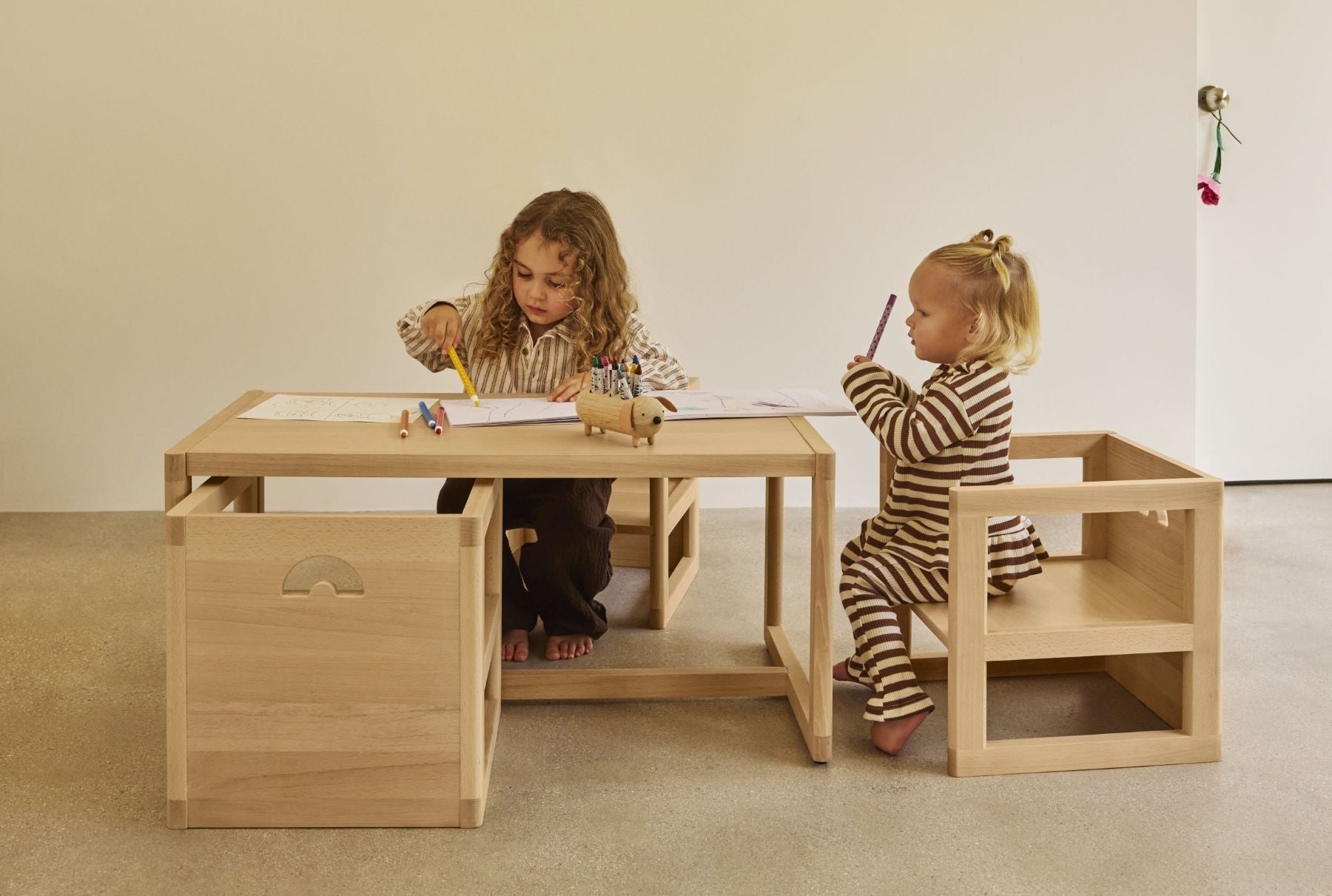

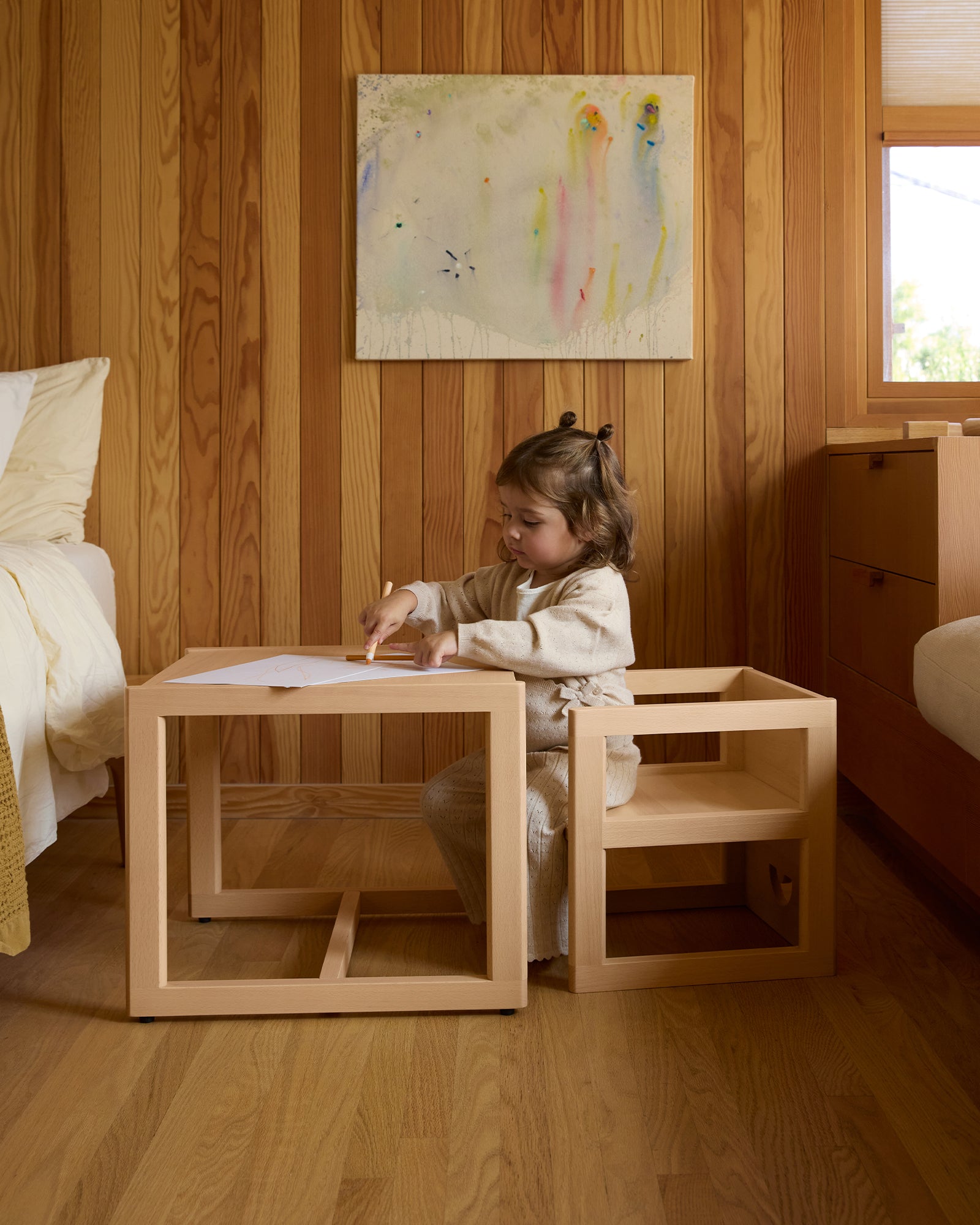
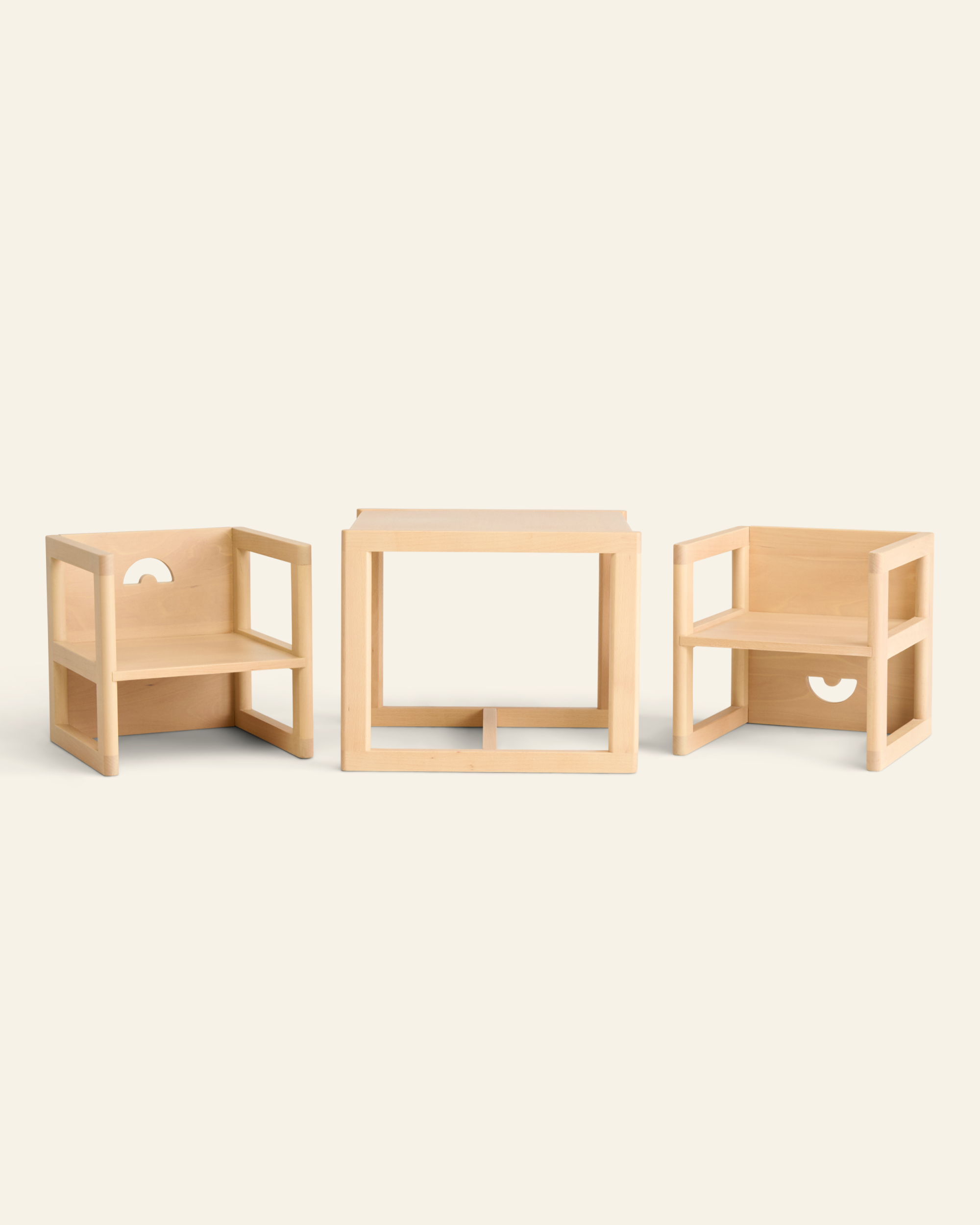
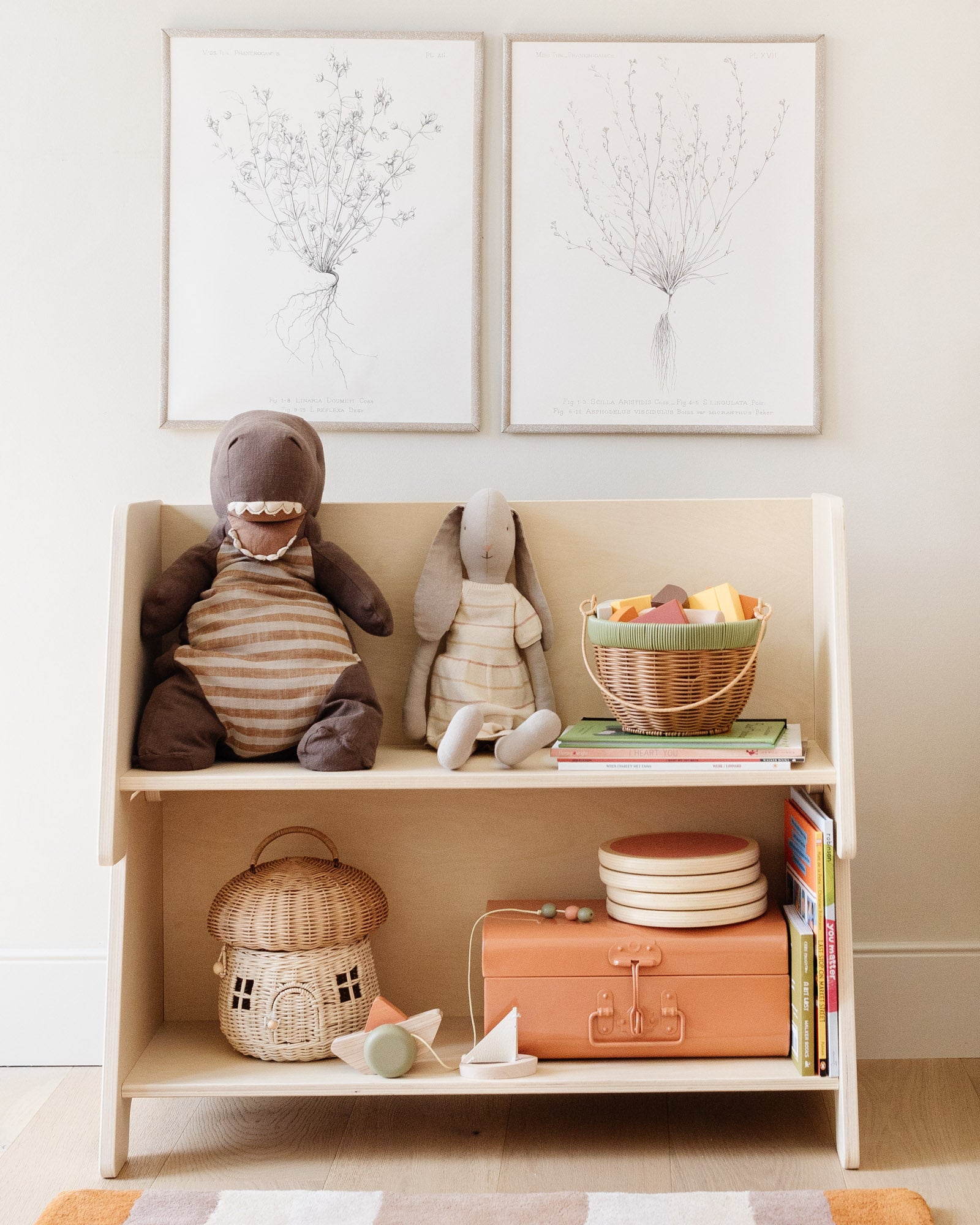
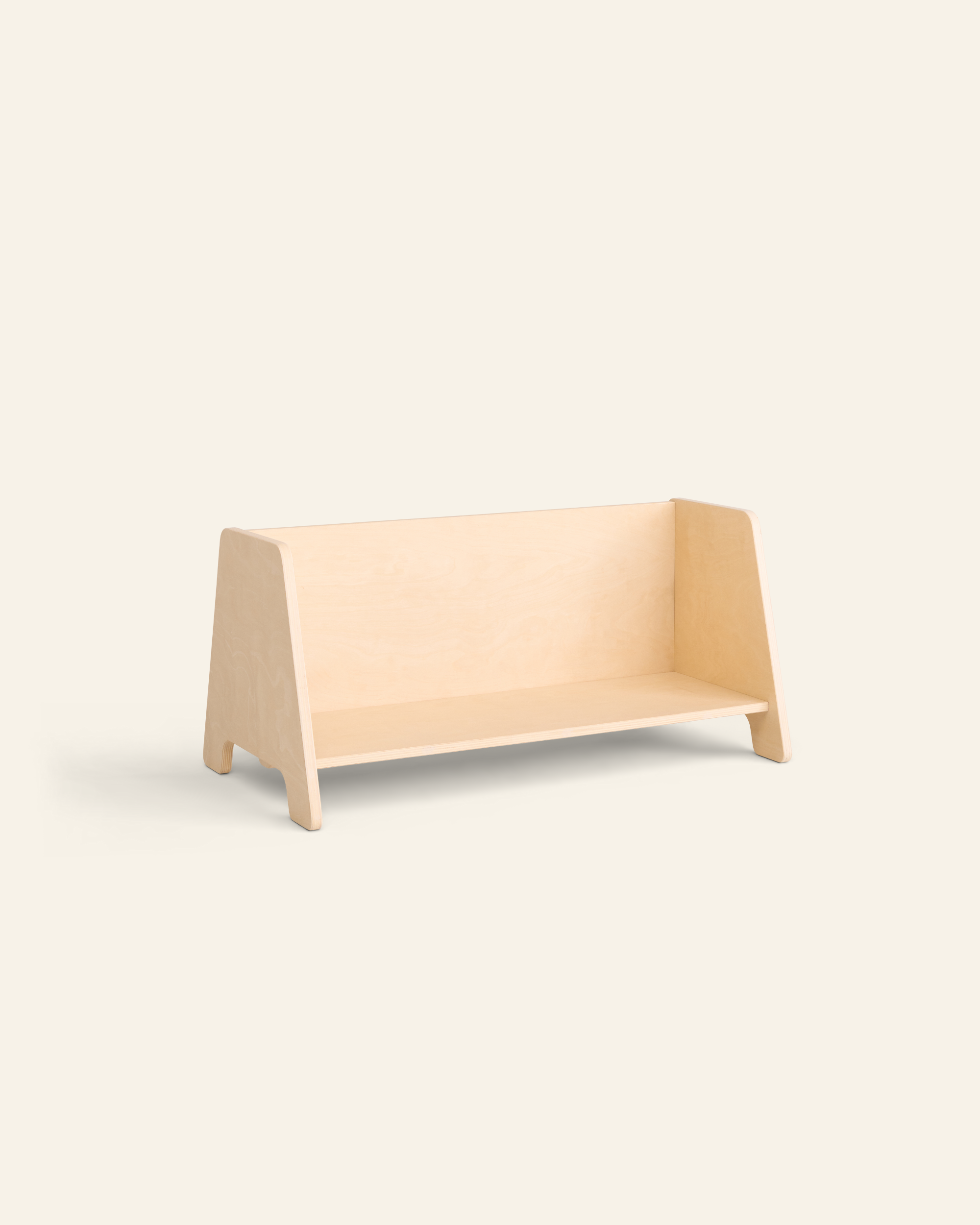
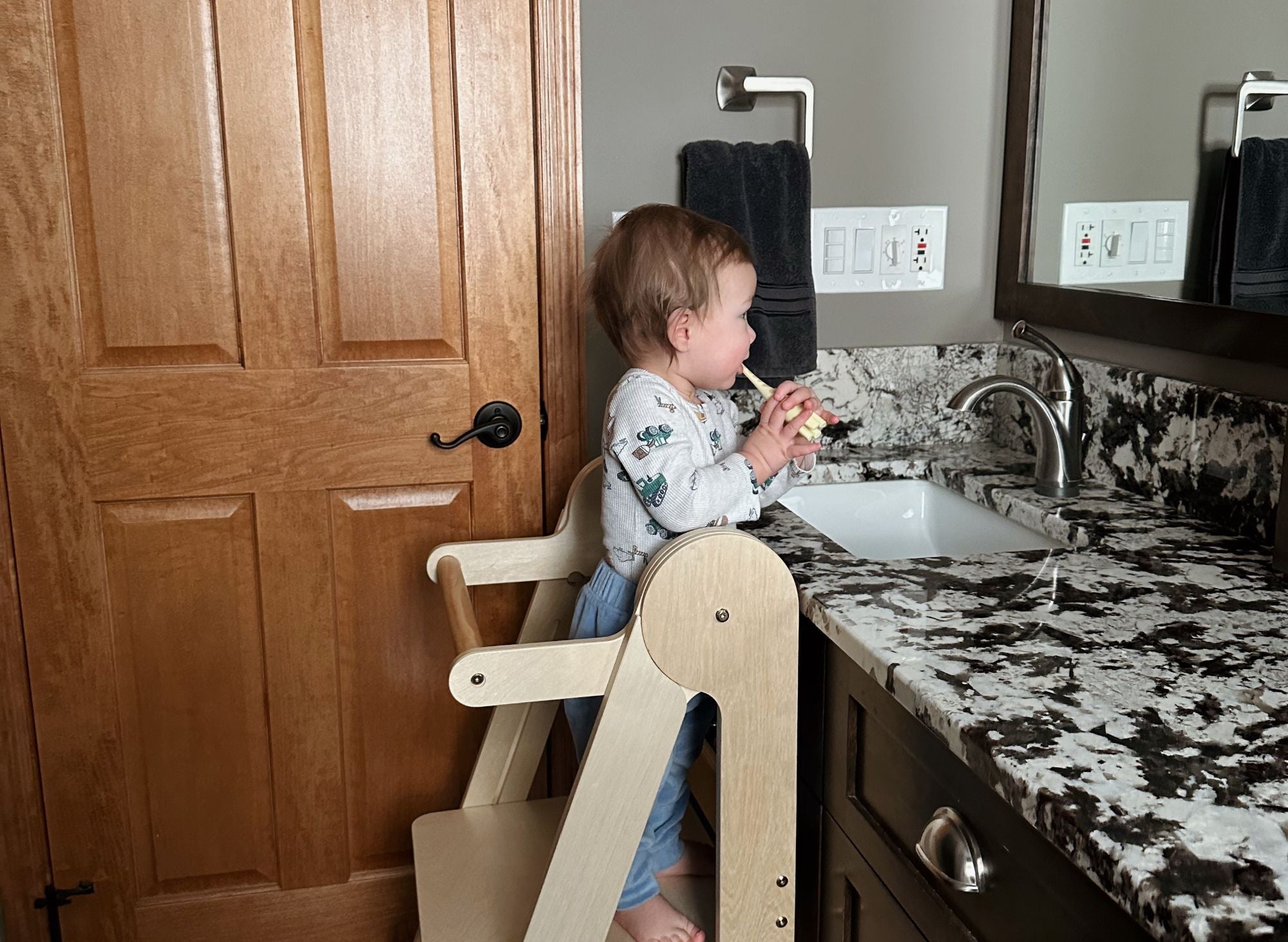

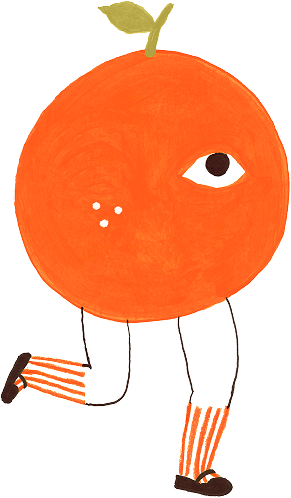
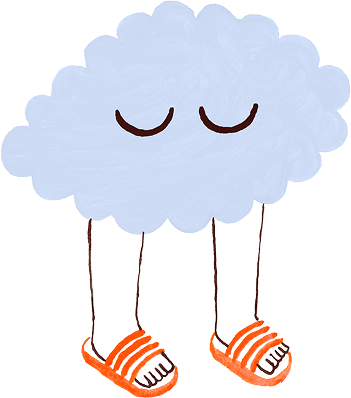
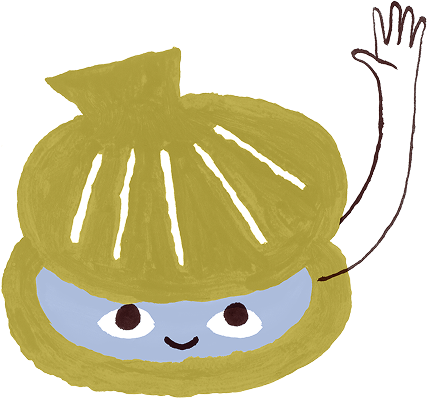
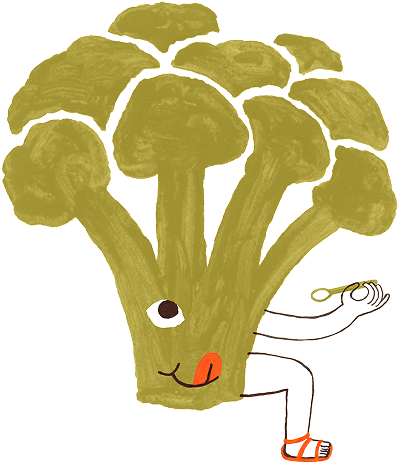
Leave a comment
This site is protected by hCaptcha and the hCaptcha Privacy Policy and Terms of Service apply.